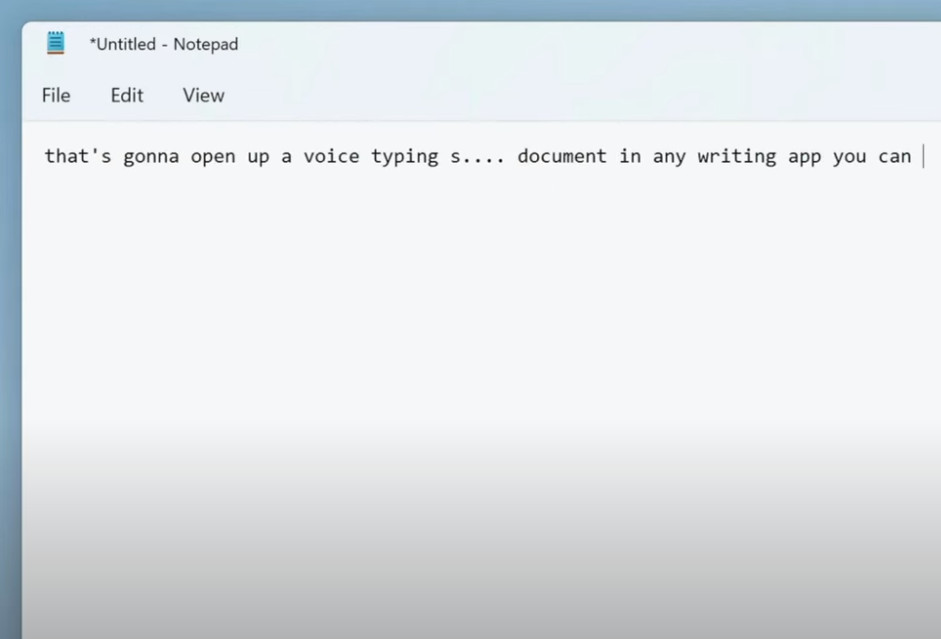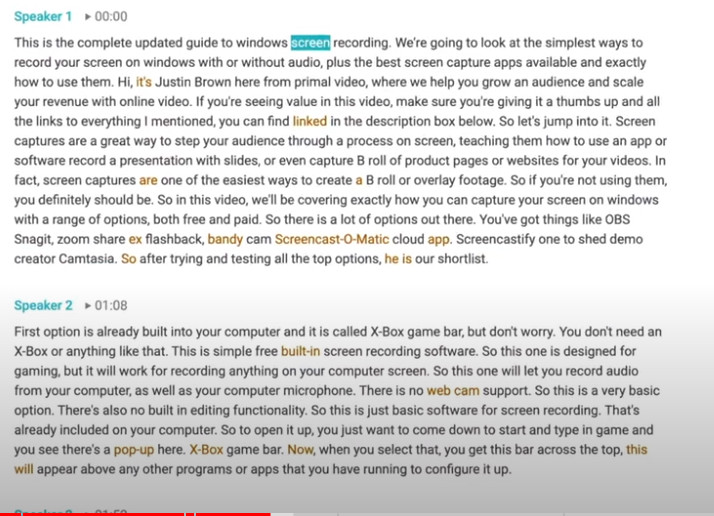Just a few years ago, the process of converting speech into text was far from perfect. Users relied on simple dictation programs that, although they served their purpose, often transcribed speech inaccurately and with errors. Even in the 20th century, such tools were unavailable.
 Speech transcription is equally valuable during travels when quick questions need to be asked and translated, or when responding to others in different languages. For instance, this technology is utilized by Google Translate.
Speech transcription is equally valuable during travels when quick questions need to be asked and translated, or when responding to others in different languages. For instance, this technology is utilized by Google Translate.
 Drawbacks include:
Drawbacks include:
The Emergence of Speech-to-Text Technology: Early Stages and Challenges
The roots of speech-to-text technology trace back to the 20th century. One of the earliest examples was the IBM Shoebox system introduced in 1962. It was a massive machine capable of recognizing numbers and limited commands in English. Subsequently, more advanced options emerged, such as Dragon Systems, which released the first commercially successful speech recognition product in 1990. However, during the early stages of development, developers encountered several serious issues: Insufficient Accuracy: Early systems lacked precision, often making errors in transcription, particularly with colloquial speech or accents.- Limited Vocabulary. Programs had a restricted vocabulary, significantly reducing their ability to recognize diverse lexicons and terminologies.
- Hardware Requirements. Effective operation necessitated significant computational resources, rendering them inaccessible to a broad user base.
- Challenges with Voice and Accent Adaptation. Many programs struggled with processing different voices and accents, compromising recognition accuracy.
Transcription in Various Sectors
Transcription finds utility in both everyday life and professional spheres. Here are the most common applications of speech recognition and transcription programs:- Business. In this domain, speech conversion is often necessary for automatically recording and transcribing negotiations and meetings. This facilitates the retention of complete textual records for analysis or documentation preparation. In business correspondence, such technology enables quick and convenient dictation of emails, reports, and other documents, saving time and effort on manual typing.
- Education and Science. Transcription enhances the accessibility of lectures and lessons. Speech-to-text systems can be used to create textual versions of instructors' presentations, ensuring educational content accessibility for people with hearing impairments or other limitations. In scientific research, where accurate recording and analysis of data are essential, the technology is used for rapid transcription of interviews, focus group surveys, and other audio recordings.
- Everyday Life. Transcription programs are utilized, for instance, in mobile applications for note-taking and reminders. Users can simply dictate their thoughts or tasks, and the app automatically converts them into written format. It also enables control of smart home and office devices. Individuals can dictate commands for turning lights on/off, adjusting temperature, and other functions, enhancing convenience and efficiency.
- Medicine and Healthcare. Physicians and medical staff utilize speech-to-text technology for creating medical documentation, including patient records, medical histories, and test results. It is also relevant for assisting individuals with disabilities. For example, it aids communication for those with aphasia or paralysis, allowing them to express their thoughts and needs using voice commands or converting them into text.
 Speech transcription is equally valuable during travels when quick questions need to be asked and translated, or when responding to others in different languages. For instance, this technology is utilized by Google Translate.
Speech transcription is equally valuable during travels when quick questions need to be asked and translated, or when responding to others in different languages. For instance, this technology is utilized by Google Translate.
Pros and Cons of Automatic Audio Transcription
Primarily, individuals with disabilities can communicate and perform tasks more easily and efficiently. Additionally, many business and educational tasks can be accomplished faster, minimizing errors, especially for those who are not proficient in touch typing. Other advantages include:- Time Savings. Automatic audio transcription allows for quick retrieval of a textual version of an audio file without the need to listen to the recording and manually type the text.
- Convenience and Ease of Use. The audio transcription process is typically executed with a single mouse click or voice command, making it simple and accessible to users without specialized skills.
- Scalability. Automatic transcription systems can handle large volumes of audio files in a short time, making them ideal for organizations and companies requiring rapid and efficient document creation.
- Search and Analysis Capability. The resulting text enables easy searching of specific audio file segments and content analysis, which can be beneficial for research or audience analysis.
 Drawbacks include:
Drawbacks include:
- Limitations in recognizing specialized terminology. Some thematic areas or professional terms may be incorrectly recognized or not recognized at all, leading to inaccuracies in the text.
- Dependence on audio file quality. The quality and clarity of the recording directly affect speech recognition accuracy. Low-quality audio files can significantly degrade transcription results.
- Limited formatting and structuring capabilities of the text. Automatically transcribed text often requires additional processing for formatting and structuring, as its structure may be less clear and organized compared to manually written text.
